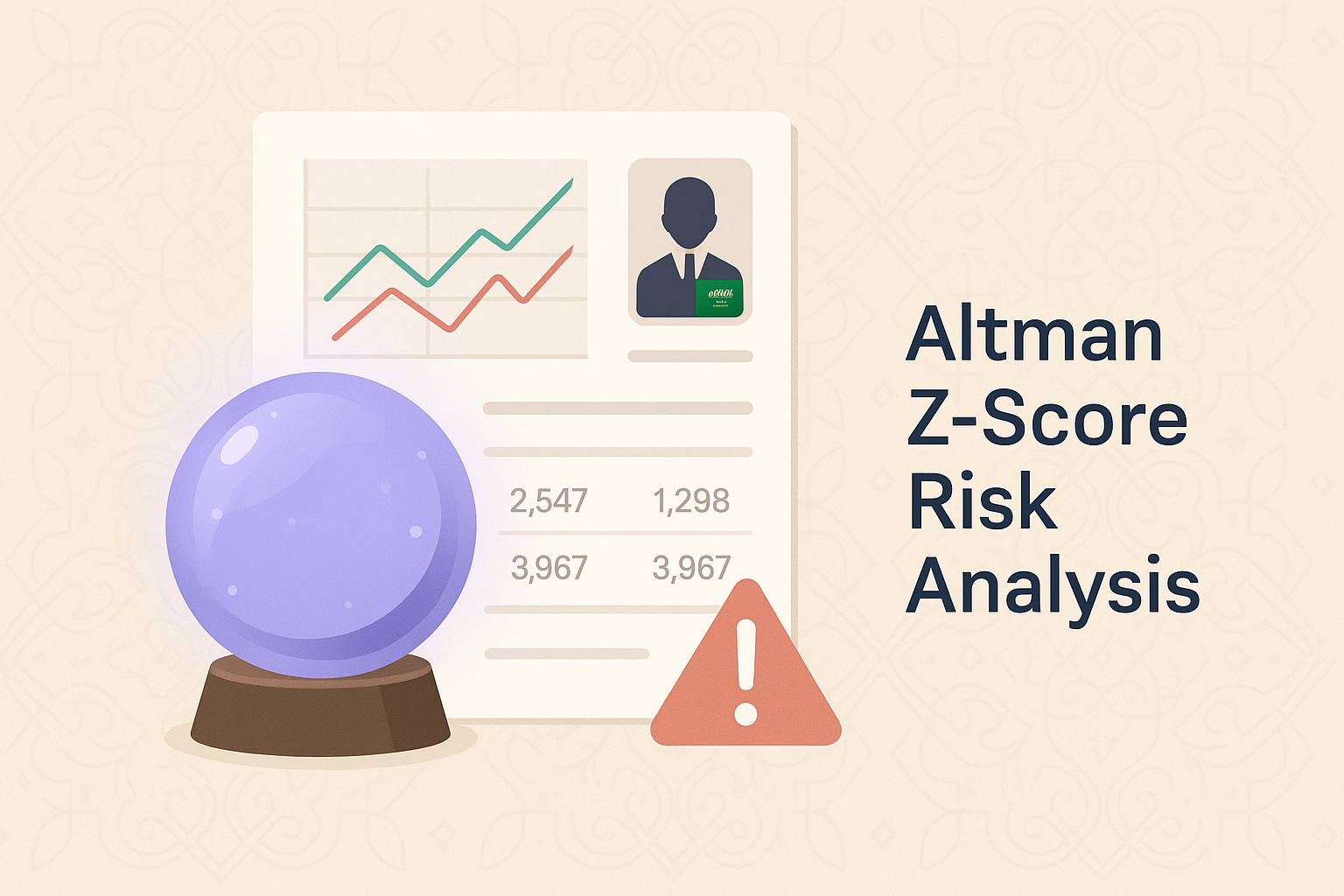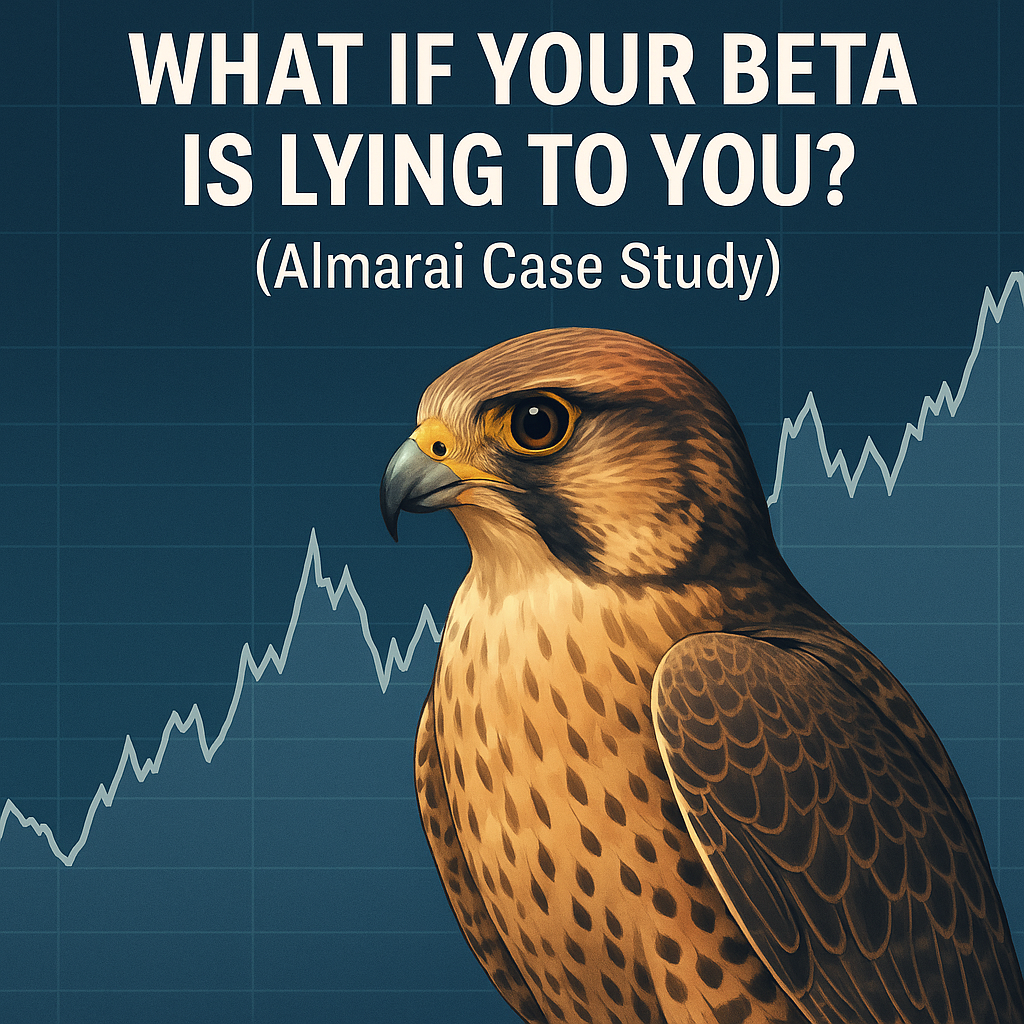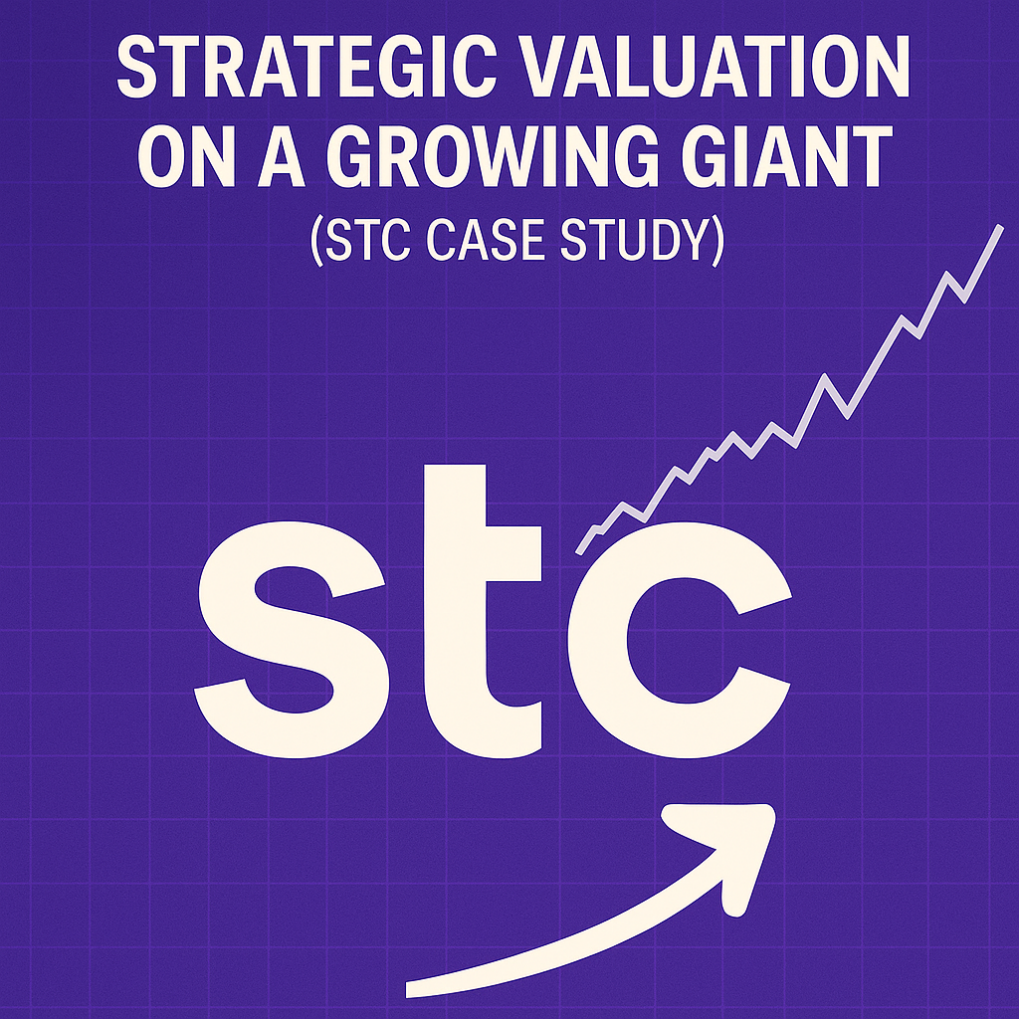What If Your Beta Is Lying to You?
and how Bottom-Up Beta uncovers the truth.
📉 Introduction: The Beta Paradox
Picture this: You’ve spent hours gathering stock data, running regression analyses, and plotting scatter plots. Beta, the cornerstone of modern risk analysis, is supposed to help you understand how a stock reacts to market movements.
Then it happens.
You run a 5-year regression beta on Almarai, one of Saudi Arabia’s largest food companies—and it comes out negative.
Negative? That can’t be right—can it?
This wasn’t a bug. It wasn’t a joke. It was a wake-up call that regression beta, while popular, can fail spectacularly under the wrong conditions.
📊 Why Regression Beta Isn’t Always Reliable
Regression beta is a great starting point—especially in deep, liquid markets. It tells you how much a stock moves relative to the market using the formula:
β = Covariance (Stock, Market) / Variance (Market)
But it assumes one critical thing: clean and consistent market data.
Where It Breaks:
- Noisy price signals
- Thin trading volumes
- Inherently low-volatility stocks
- Local market anomalies (e.g., Saudi market)
That’s what happened with Almarai. The stock’s low volatility, combined with irregular trading activity, led to a misleading negative beta—completely contradicting its actual business profile.
🧠 How Smart Firms Tackle It: The Bottom-Up Beta Advantage
The best firms—investment banks, PE teams, and valuation pros—know better than to rely on regression alone. They use Bottom-Up Beta, which is:
🔍 Constructed from industry fundamentals, not just past stock data.
Here’s what makes it powerful:
✅ Peer-Based Construction
You build beta from a set of comparable global firms in the same industry—like dairy processors for Almarai.
✅ Removes Leverage
Strip out the effect of debt to isolate pure business risk.
✅ Re-Lever for Realism
Re-lever the unlevered beta to match Almarai’s capital structure = precise risk reflection.
✅ Works Without Market Data
Perfect for private companies, IPOs, or thinly traded stocks.
🧾 Real Insights from Almarai
Using the Bottom-Up Beta approach for Almarai revealed:
- A lower-risk business model than the regression beta suggested
- Stability aligned with its consumer staple nature
- Accuracy in Saudi-specific context (e.g., no tax shield, IFRS 16 lease treatment)
By using comparable listed dairy firms, adjusting for Saudi market nuances, and applying the right leverage adjustments, I produced a robust and realistic beta for valuation.
💡 Key Takeaway: Trust, But Verify
Regression beta? Good start.
Bottom-Up Beta? Real insight.
If you’re working on valuations, M&A models, project risk assessments, or fund-raising scenarios—especially in emerging markets—Bottom-Up Beta is your best friend.
📌 Bottom line: Always verify regression beta. If something feels off, it probably is.
📥 Want the Full Excel Model?
Get the full Almarai case study including:
✅ Regression Beta (with scatter plot)
✅ Bottom-Up Beta calculations
✅ Saudi-specific lease + capital structure adjustments
✅ Damodaran-inspired modeling flow
👉 Comment “beta” below or [Subscribe to FalconWise Newsletter] to get it directly.
🙌 Final Word
If this case study helped clarify beta for you, help spread the insight.
➡️ Share this post with colleagues in corporate finance or valuation.
💬 Comment with your thoughts or beta experiences.
📧 Subscribe to FalconWise.finance for more finance insights tailored to professionals in Saudi Arabia and beyond.





